Creating a nursery for your baby is a joyful experience, but it can also feel a little stressful at times. I remember feeling that way, too. One of the biggest decisions I had to make was where to put the crib. It’s not just about how the crib looks in the room—it’s about making sure your baby stays safe and comfy while they sleep.
Over time, I learned that crib placement is super important. The way you position the crib can affect your baby’s safety, sleep quality, and overall comfort. In this post, I’m going to share the crib placement tips that worked for me. I’m confident that these tips will guide you in creating a secure and comforting environment for your little one.
Why Crib Placement is So Important
When I first set up the nursery, I didn’t realize how important crib placement really was. I thought I could just put it anywhere in the room, but I soon realized that’s not the case. Crib placement can make a big difference in your baby’s safety and sleep.
From my experience, even small changes in crib position can make a huge difference. I’ve picked up plenty of valuable insights throughout this journey, and I’m eager to pass these tips on to you.
Crib Placement Tip 1: Keep the Crib Away from Windows
At first, I thought placing the crib near a window would be cute. It seemed like a nice idea to let my baby enjoy the view. But then I learned that keeping the crib away from windows is a safer choice.
Why it matters:
- Curtain Cords: If your crib is near a window with curtains or blinds, the cords can be dangerous. Babies love to grab things, and curtain cords could pose a strangulation risk.
- Temperature: Windows can cause temperature changes in the room, making it too hot or too cold for your baby.
- Sunlight: Direct sunlight can overheat your baby, especially in summer.
My Experience:
I moved the crib away from the window, and the room temperature stayed more consistent. Plus, I replaced the cords with safer, cordless blinds to prevent any risks.
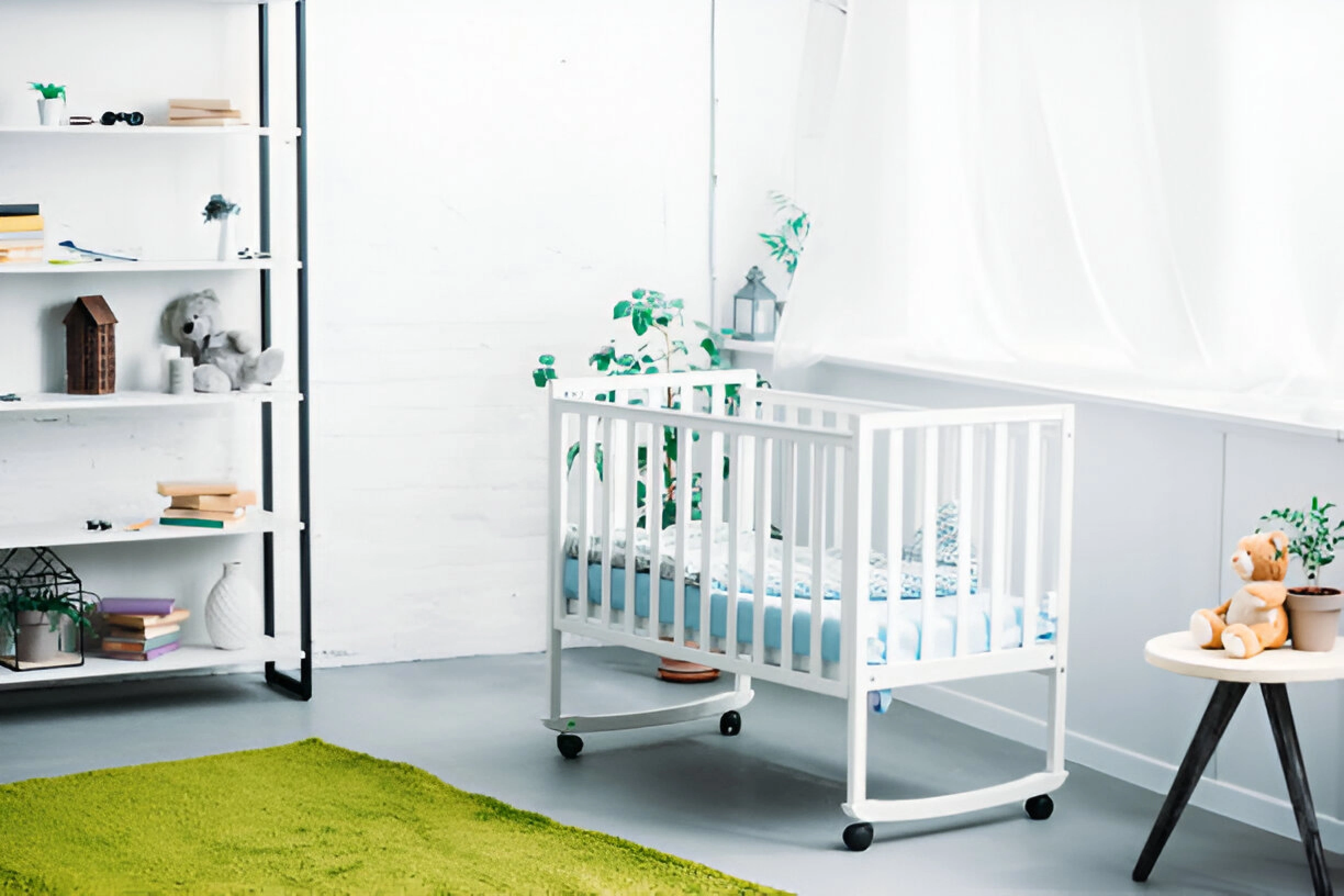
Crib Placement Tip 2: Keep the Crib Away from Cords and Electrical Outlets
Another thing I learned the hard way was keeping the crib away from electrical outlets and cords. I didn’t think this would be a problem, but as I researched more, I realized it’s essential for safety.
Why it matters:
- Outlet Hazards: Electrical outlets can be a danger as babies get older. They love to explore, and they might stick things into outlets. Outlet covers can help, but keeping the crib far from them is a good idea.
- Monitor Cords: If you use a baby monitor, make sure its cords are far away from the crib. Babies could pull on them, which is dangerous.
- Lamp and Charger Cords: Keep cords from lamps and chargers out of reach.
My Experience:
I made sure the crib was far from any outlets and cords. It gave me peace of mind knowing my baby couldn’t reach anything dangerous.
Crib Placement Tip 3: Ensure Proper Airflow Around the Crib
Good airflow is essential for both safety and comfort. I didn’t realize how important it was until I started learning more about it. Proper airflow helps keep the nursery comfortable and safe.
Why it matters:
- Prevents Overheating: When a baby gets too warm, it can increase the chances of serious health risks, including Sudden Infant Death Syndrome (SIDS). Airflow helps keep your baby’s room at the right temperature.
- Humidity Control: A well-ventilated room prevents moisture from building up, which can lead to mold or mildew.
- Comfort: Babies sleep better in a room with fresh air. I noticed my baby slept more soundly once I made sure the room was well-ventilated.
My Experience:
I didn’t put the crib directly under an air vent or too close to an air conditioner. I also used a ceiling fan for better airflow, and it worked great.
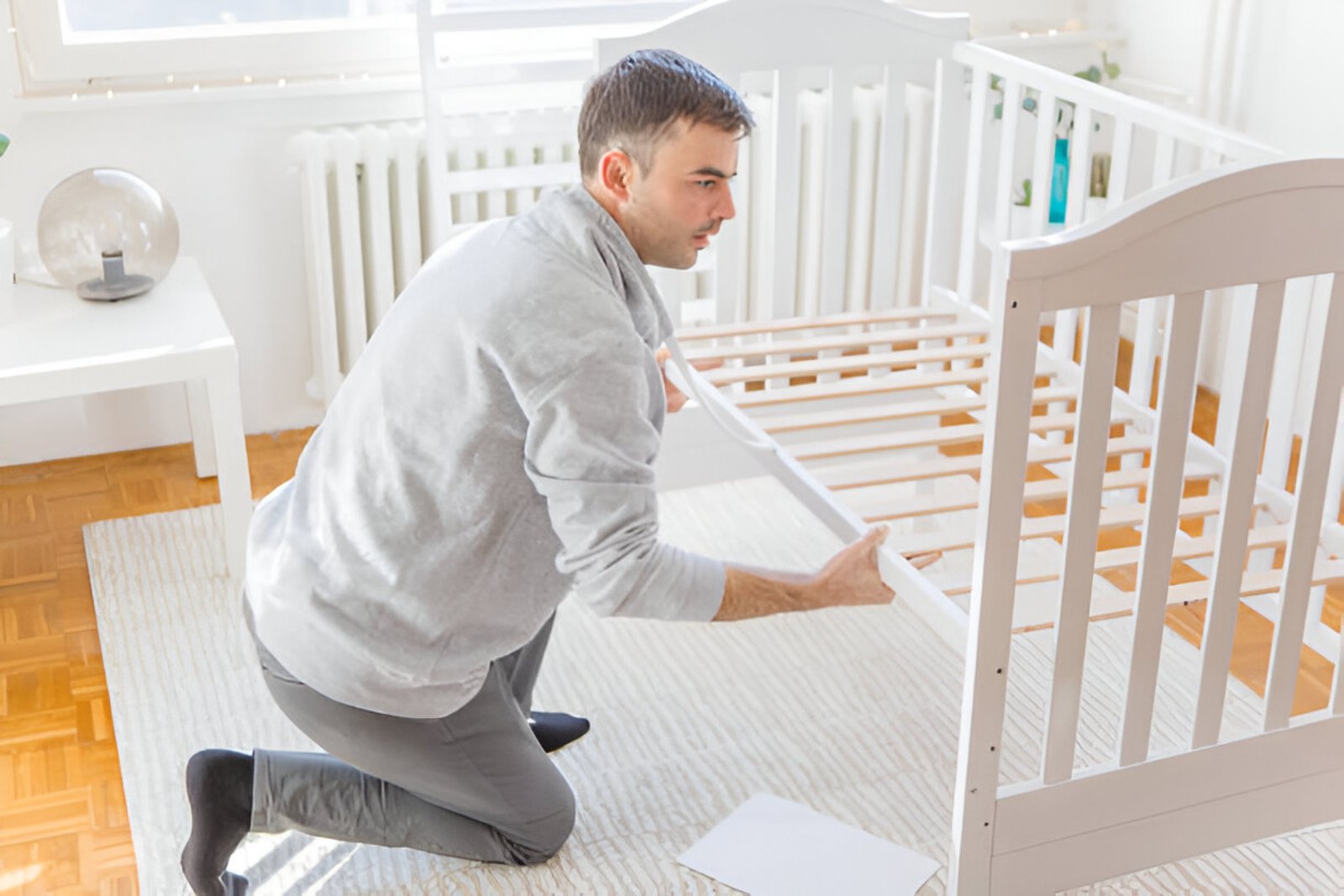
Crib Placement Tip 4: Keep the Crib Away from Heavy Furniture
I learned early on that heavy furniture near the crib can be dangerous. Items like bookshelves or dressers might seem harmless, but they can pose risks if they’re too close to the crib.
Why it matters:
- Falling Hazards: Babies like to pull themselves up on the crib. If they’re too close to heavy furniture, they might try to grab it, which could make the furniture fall over and hurt them.
- Blocked Escape Routes: You also want to make sure there’s enough space around the crib in case you need to get to your baby quickly in an emergency.
My Experience:
I moved the crib away from any heavy furniture and kept the room as clear as possible. It made the room feel safer, and I didn’t have to worry about anything falling on my baby.
Crib Placement Tip 5: Place the Crib in a Quiet, Low-Traffic Area
One of the best decisions I made was placing the crib in a quiet part of the nursery. Babies need lots of sleep, and a calm, quiet space can help them sleep better.
Why it matters:
- Less Noise: Babies are sensitive to sound, so putting the crib in a quiet corner helps them sleep more peacefully.
- Routine: A quiet, low-traffic space also helps your baby develop a regular sleep routine.
- Less Disruption: If there’s a lot of foot traffic or noise, your baby’s sleep could get interrupted. A quiet spot helps keep their naps and nighttime sleep undisturbed.
My Experience:
I placed the crib in the farthest corner of the room, away from the door. This kept the room peaceful, and I noticed my baby slept better without any noise distractions.
Crib Placement Tip 6: Use a Low Crib for Easy Access
This might seem like a small detail, but I found that a low crib made a big difference, especially during late-night feedings. Having easy access to my baby without straining my back was a lifesaver.
Why it matters:
- Midnight Feeds: A lower crib makes it easier to reach your baby without having to lean too much.
- Avoid Overreaching: If the crib is too high, it can be uncomfortable for you when you need to pick up or soothe your baby.
My Experience:
I chose a crib with adjustable mattress heights. As my baby grew, I lowered the mattress so I could always reach them easily, even as they started standing up.
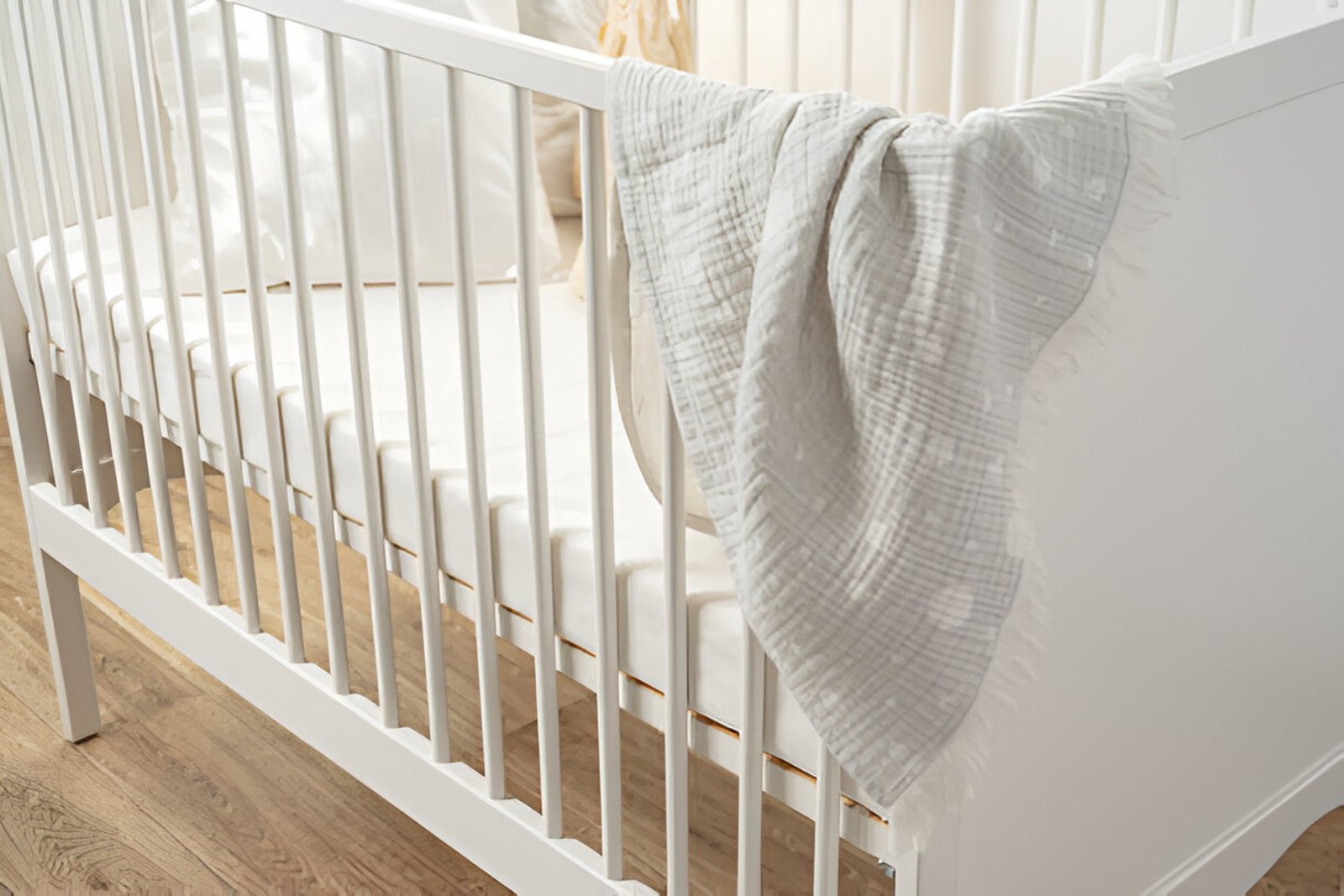
Crib Placement Tip 7: Plan Ahead for Future Changes
As my baby grew, the nursery needed to change, and I realized that planning ahead made a huge difference. Babies grow quickly, and the crib may not always fit the room the same way.
Why it matters:
- Room for Play: As your baby gets older, you’ll want room for toys, a play area, or extra furniture. Planning for this ahead of time makes the transition easier.
- Toddler Bed Transition: Eventually, your baby will need to move to a toddler bed. When that time comes, you’ll want the space to be ready.
My Experience:
I left enough space around the crib so that I could add a changing table or small play area. This gave me flexibility as my baby grew.
Frequently Asked Questions (FAQs)
Conclusion: A Cozy and Safe Nursery Starts with Proper Crib Placement
Crib placement is one of the most important decisions you’ll make when setting up your baby’s nursery. It’s not just about how the room looks; it’s about creating a safe and comfortable space where your baby can sleep peacefully.
By following these tips, you can make sure your crib is placed in the best spot for your baby’s safety, comfort, and sleep quality. Take your time and plan ahead—your baby’s safety and well-being are worth it!
By simplifying the content and using shorter sentences, it becomes much easier to read and understand, while still keeping all the important points intact.
Read More:
How to Assemble Your Baby Crib: Step-by-Step Guide
Sustainable Cribs: Eco-Friendly Options for Modern Parents
Creating a Safe Nursery: Crib Safety Tips Every Parent Needs
Convertible Cribs: A Smart Investment for Growing Families
Top Nursery Themes for Boys, Girls, and Gender-Neutral
How to Choose the Right Crib for Your Baby’s Nursery
5 Stylish Cribs for Small Spaces and Compact Nurseries
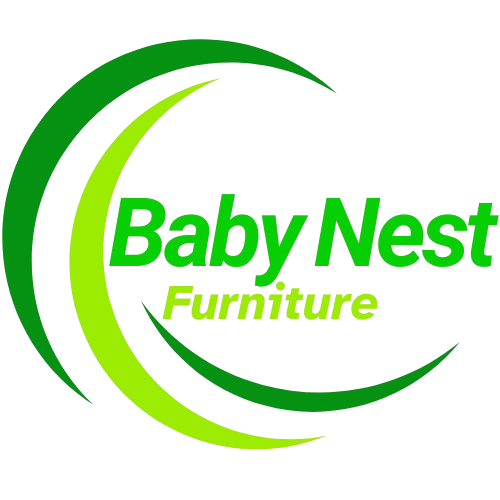
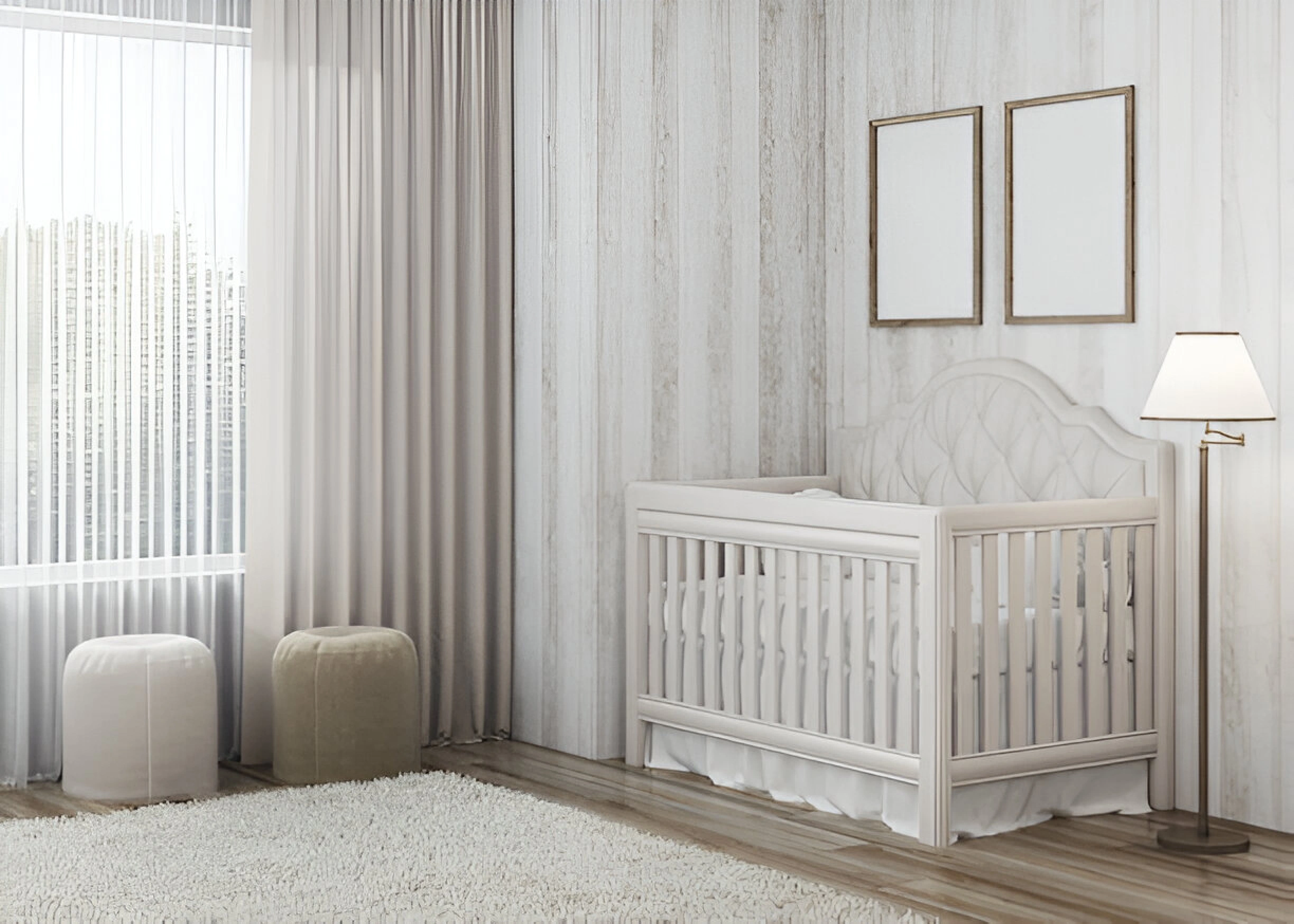
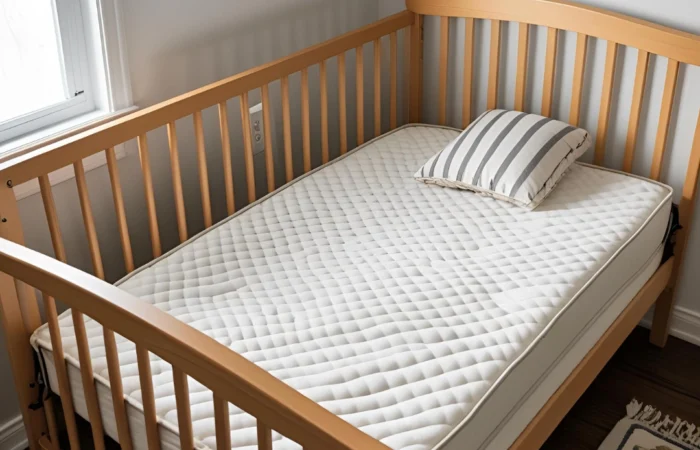
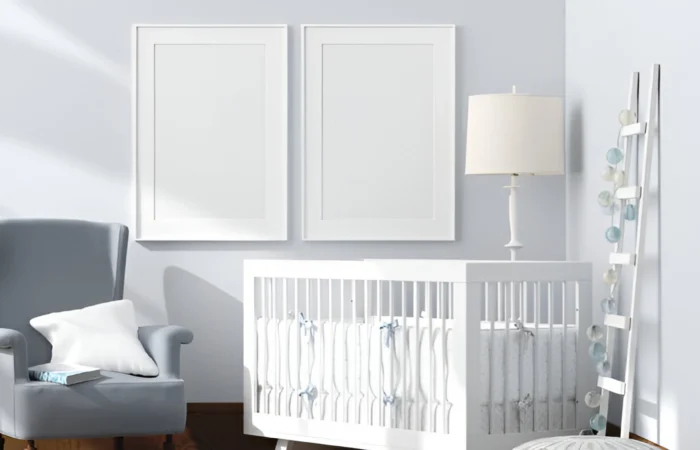
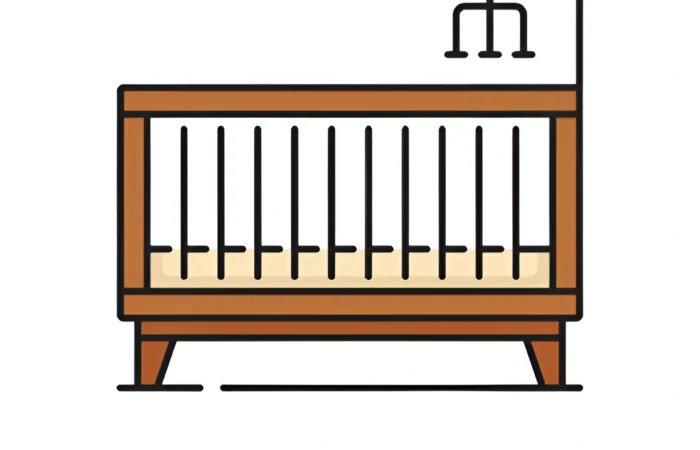
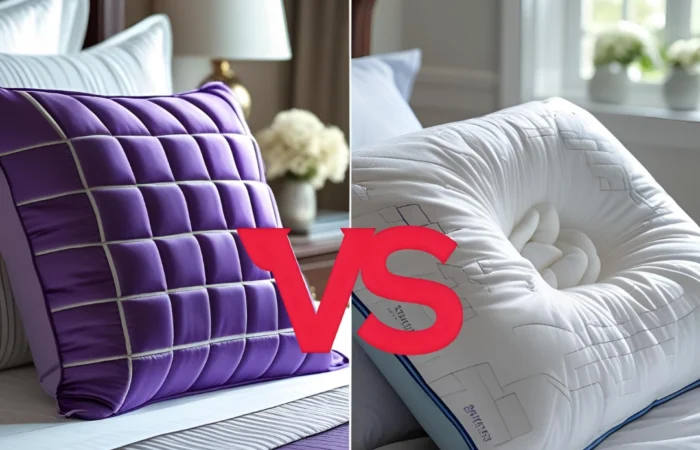

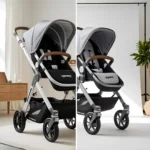
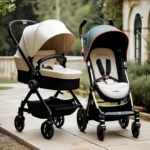
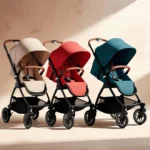
Leave Your Comment: